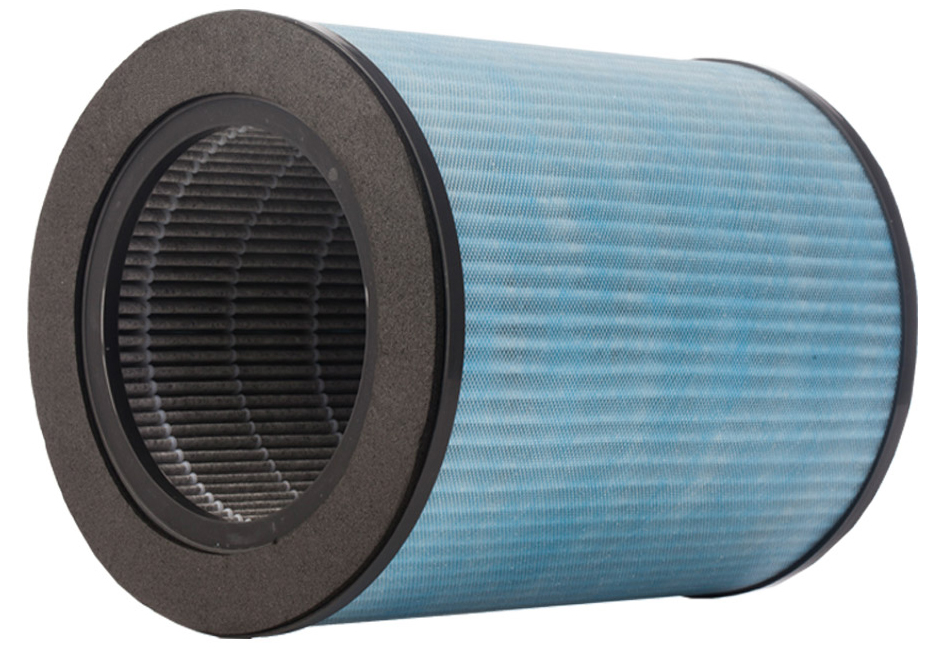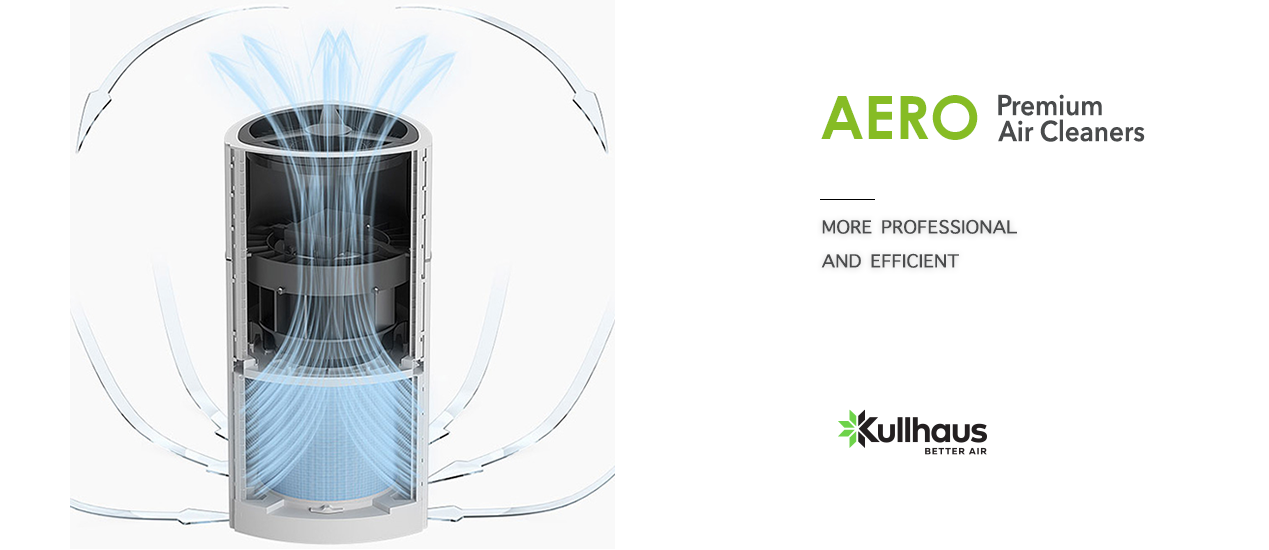

Air purifier HEPA filter. What is it and how does it work?
If you are doing market research for an air purifier, then you may have come across the term HEPA being used as an air purifier. You'll probably be wondering what the HEPA filter is and how it works. The use of the HEPA filter as an air filtration agent is an important, as well as popular form of air purification technology, which you should be aware of in order to make the right purchase of an air purifier.
The term HEPA is the acronym for the English term "High Efficiency Particulate Air", which means High Efficiency Particulate Air Filter.
The history of the HEPA filter
The term HEPA is a designation used to describe filters capable of trapping 99.97% of 0.3 micron particles. Although the standard and procedure for HEPA certification was not established until 1983, the development of HEPA filters dates back to World War II, when the American scientists of the Manhattan project created the first HEPA filter, enabling them to capture the radioactive particles released during the creation of the atomic bomb.
Why 0.3 micron?
Scientists have characterized this micron size (0.3) as the most penetrating particle size. Scientists have found that particles of this size bypass air filters more than larger or smaller particles.
What do HEPA filters consist of and how do they work?The most modern HEPA filters are made of interwoven glass fibers that are twisted and twisted in many directions to create a fibrous maze. As particles pass through this tissue, they are removed from the circulation as follows:
• Direct Contact: Large contaminants, such as certain types of dust, mold and pollen, travel on a straight path, collide with a fiber and stick to it.
• Sifting: the airflow carries a particle between two fibers, but the particle is larger than space, so it is trapped.
• Interception: The airflow is smooth enough to be redirected around the fibers, but thanks to inertia, the particles continue their way and stick to the sides of the fibers.
• Diffusion: Small ultra-thin particles move more irregularly than larger ones, so they are more likely to hit and stick to the fibers.space, so it gets trapped.
What is a micron?
The particles range from extremely tiny to fully detectable by the human eye. Microns, which are one millionth of a meter, are used to measure particles. To get a better idea of the size of a micron or smaller of it, consider that we can not visually see anything less than 10 micrometers. Bacteria can range from 0.3 to 60 micrometers and 1 micrometer equals 0.0001 millimeter.
Micrometer comparison table:
Spores: 3 - 40 micrometers
Mold: 3 - 12 micrometers
Bacteria: 0.3 - 60 micrometers
Car emissions: 1 - 150 micrometers
Pure oxygen: 0.0005 micrometers
How do HEPA filters work?
Simply put, HEPA filters trap air pollutants in a complex fiber network. Depending on the particle size, this can occur in four different ways: inertial impact, diffusion, interception or sifting.
• Larger harmful particles are trapped by inertial impact and sifting. Particles collide with the fibers and are blocked or stopped when they try to pass through the fibers.
• Medium-sized particles, as they move through the filter, are captured by the fibers by interception.
• Smaller particles diffuse as they pass through the filter and eventually collide with a fiber and are trapped.
Are all HEPA filters the same?
Contrary to popular belief, not all HEPA filters are the same. There are significant quality differences in composition and use.
There are different air purification technologies: activated carbon, ionization, ozone, UV technology and HEPA, to name a few. Some air purifiers use a combination of technologies, while others use only one technology. In any case, in order to get the best air purification results, the air purifier you choose should have a real HEPA H13 (true HEPA) filter.

HEPA 13 filter
According to the institute INRS (Institut National de Recherche et de Securite) only air purifiers equipped with HEPA filters of minimum class H13 and according to the standard EN 1822-1 can effectively stop aerosols that may carry the virus. It is a strict condition that the regular maintenance of the HEPA filter is carried out in accordance with the manufacturer's recommendations.
In 2016, NASA, on the basis of various theories, published a study on the HEPA 13 filter that showed that it had the ability to retain particles of the order of 10 nanometers (0.1 micrometers), a figure corresponding to that of SARS-CoV-2. Indeed, the diameter of the stem is between 60 and 140 nanometers, representing 0.06 to 0.14 micrometers, thus confirming the INRS' argument regarding the HEPA 13 filter.
However, it is important to emphasize that air purifiers can in no way replace the intake of outside air and should only be used as a complement to ventilation systems.


.jpg)







